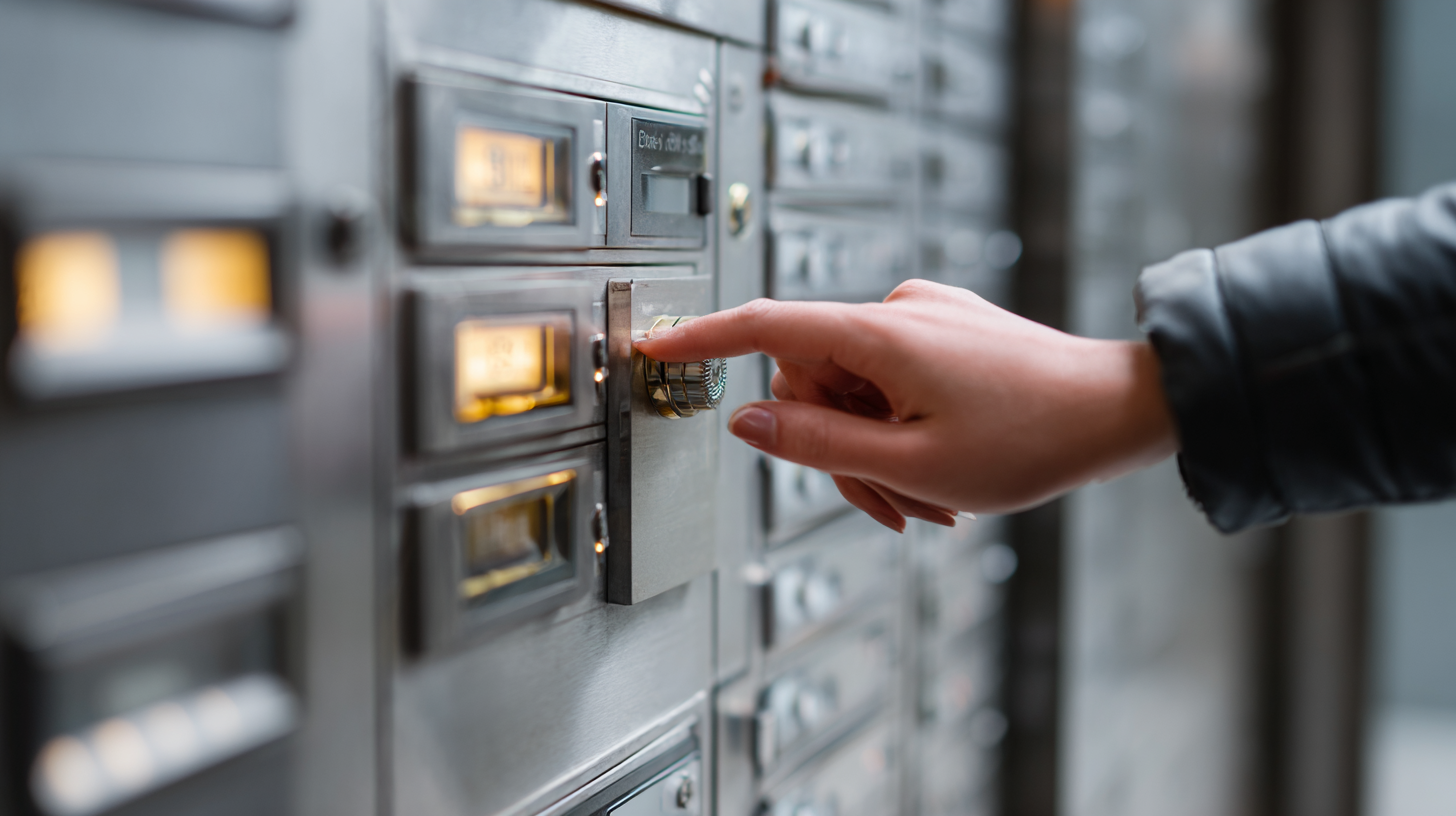
FDIC ComplianceRequirementsfor Banking Equipment
Understanding regulatory requirements and ensuring your banking equipment meets all federal compliance standards.
Compliance Overview
For any financial institution operating in the United States, compliance with Federal Deposit Insurance Corporation (FDIC) guidelines isn't just best practice — it's the law. While FDIC regulations are often associated with financial operations and depositor insurance, they also cover critical aspects of physical security infrastructure, including vaults, safes, teller equipment, and ATMs.
At Exum Services Inc., we work closely with banks and credit unions to ensure their physical security setups not only deter threats but meet or exceed FDIC expectations. This blog outlines the key FDIC compliance requirements for physical banking equipment — and how to stay ahead of inspections.
Physical Security Program Requirements
The FDIC requires all insured institutions to maintain a written security program (as per 12 CFR Part 326) that includes provisions for comprehensive physical security.
Deter Threats
Deterring robberies and burglaries through proper security equipment placement and visibility.
Assist Investigation
Assisting in the identification and prosecution of criminals through surveillance systems.
Ensure Safety
Ensuring the safety of bank personnel and customers through comprehensive security measures.
Protect Assets
Protecting the integrity of cash and valuables through secure storage and handling systems.
Key Compliance Categories
Essential security equipment standards that every FDIC-insured institution must meet.
Vaults & Safes
- UL-rated vault doors and safes (TL-15, TL-30)
- Time-delay locks for high-value storage
- Dual-control access systems
- Proper anchoring and installation
ATM Security
- Camera coverage for all transactions
- Adequate lighting requirements
- Physical anchoring and enclosures
- Access log auditing
Teller Stations
- Secure undercounter lockboxes
- Bullet-resistant barriers (high-risk)
- Cash recyclers and dispensers
- Panic alarms and duress buttons
Surveillance & Monitoring
- Video surveillance for transaction areas
- Audio recording (state dependent)
- Monitored alarm systems
- 90-180 day footage retention
Vaults and Safes: Minimum Security Standards
All FDIC-insured institutions must have secure storage for currency, securities, and confidential documents.
UL-rated vault doors and safes: Most institutions must use safes or vaults rated by Underwriters Laboratories (e.g., TL-15, TL-30) depending on the value stored.
Time-delay locks: These reduce the success rate of robbery attempts and are often mandatory for high-value storage units.
Dual-control access: FDIC examiners often look for systems requiring two authorised individuals to access high-security containers.
Exum Services Inc. supplies, installs, and services FDIC-compliant safes and vault doors, ensuring full documentation for audit readiness.
ATM Security and Compliance
FDIC guidelines address ATM installation and security requirements for customer safety and asset protection.
Camera Coverage: ATMs must be monitored by surveillance systems capable of identifying users during transactions.
Lighting Requirements: Outdoor and vestibule ATMs must provide adequate lighting for user safety.
Anchoring and Enclosure: ATMs must be secured to prevent physical theft (e.g., ram-raiding), and some must be placed within reinforced enclosures.
Banks are expected to periodically audit ATM access logs, alarm responses, and service activity. Our ExumCare™ ATM Services include automated reports that support FDIC inspections.
Teller Stations and Undercounter Equipment
FDIC expectations for teller areas focus on staff safety and cash security.
- Secure undercounter lockboxes with key or digital access controls
- Bullet-resistant barriers or glazing in high-risk locations
- Cash recyclers and dispensers that minimise open exposure of cash
- Panic alarms and silent duress buttons integrated with local law enforcement networks
Examiners often request proof of regular testing and maintenance for teller security systems — a service Exum Services Inc. provides as part of our quarterly compliance checkups.
Documentation and Inspection Readiness
FDIC audits can be triggered at random or following a security incident. Stay prepared with proper documentation.
Essential Documentation
Exum Services Compliance Support
We help clients prepare for inspections with custom compliance packs, including audit-ready documentation and a roadmap for any required upgrades.
Trust Exum Services Inc. for FDIC Compliance
Navigating FDIC regulations can be complex, but you don't have to do it alone. Exum Services Inc. partners with financial institutions to ensure your physical security systems meet federal standards — while also delivering operational efficiency and peace of mind.
Certified Expertise
Our team understands FDIC requirements and ensures your equipment meets all federal standards.
Complete Documentation
We provide comprehensive documentation packages that satisfy FDIC inspection requirements.
Ongoing Support
Regular maintenance and compliance checkups keep your institution inspection-ready year-round.
Continue Reading
Explore more expert insights on banking equipment and security compliance.